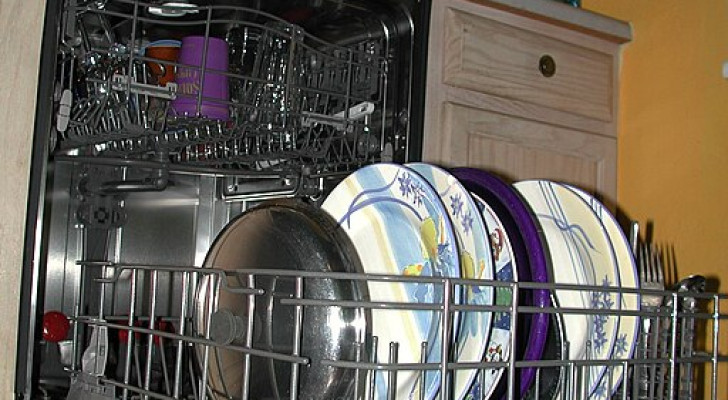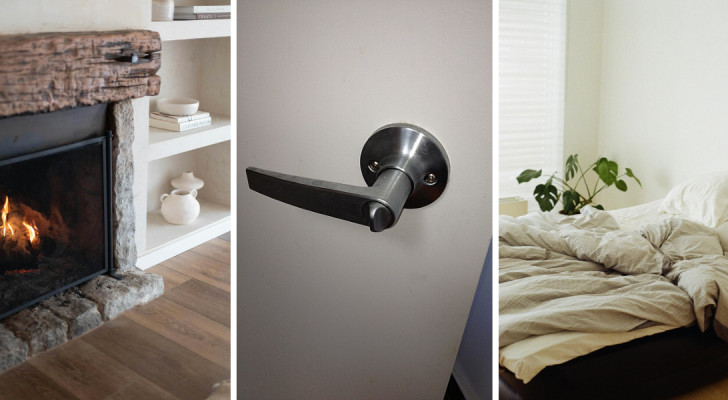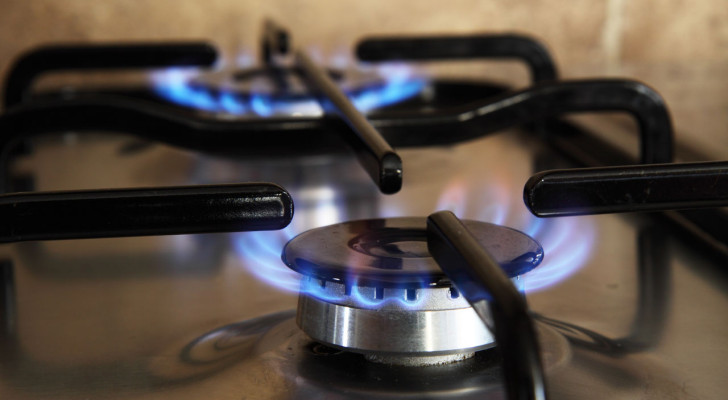Is your basil plant starting to dry out or wilt? Try treating it by following these useful tips
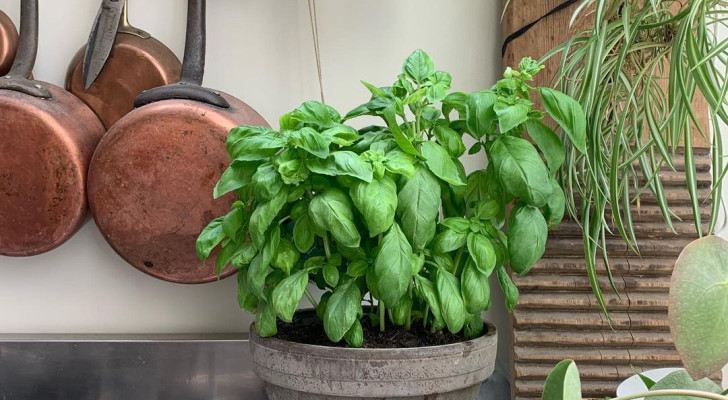
Basil is one of the most used aromatic plants in kitchens around the world and for this reason, it is often grown on balconies and in gardens to ensure a fresh supply is always readily to hand.
Unfortunately, however, basil is also rather delicate and, although raising this plant is relatively simple, it can easily dry out or start to wilt a few days after purchase. Fortunately, there are several ways to remedy this problem and to identify the cause/s. Below, we show you exactly how to do this:
Struggling basil: the possible causes
There are many possible drivers that will cause a basil plant to dry out or wilt, and we list the most common below.
Environmental causes include:
- climate change: simply transporting a basil plant from the nursery or supermarket to your home can "stress" the plant, causing temporary wilting. In this case, placing your basil plant in the right spot will help it recover (see below);
- lack of water: basil requires generous and regular watering and can easily dry out if it is not provided with enough moisture;
- weakened roots: when sold in their (usually) very small pots, basil plants may seem vibrant and lush. However, basil will soon start to wilt when its roots run out of space to expand into;
- the cold: a sudden or drastic drop in temperature can cause basil to suffer (basil cannot tolerate temperatures below 15 degrees C).
Pathogens and pests can also attack your basil:
- Caterpillars and snails: especially when growing in the garden, catepillars and snails can cause significant damage to the leaves of your basil plants;
- Fusarium: this is a pathogenic fungus that attacks the plant's lymphatic system, and can be identified by the blackening of the plant, starting at the stems;
- Peronospora: this is another common fungal disease,which will wilt and darken/blacken the leaves.
How to treat a wilted basil plant
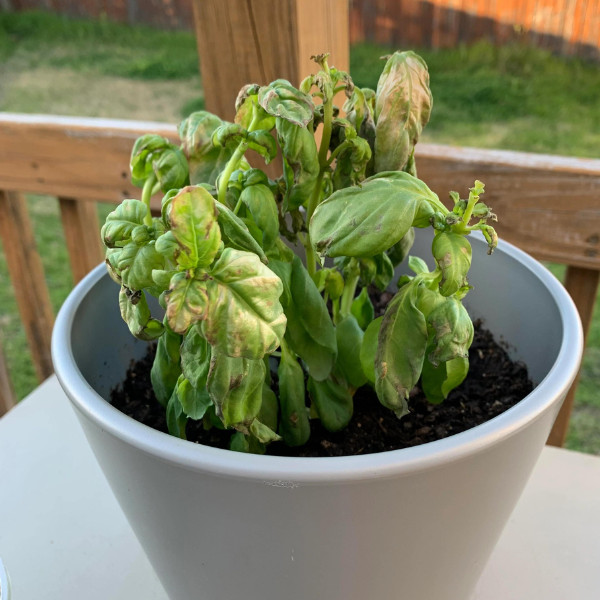
Depending on the cause (see above), the intervention necessary to treat your basil plant will be different. That said, there are some general rules that you can follow from the moment you get your plant home from the shop/nursery:
- positioning: basil plants have specific climatic needs and need to be situated in the correct spot. Choose a location with good air circulation but which is sheltered from the wind. Ensure the spot is brightly light, but out of exposure to direct sunlight (which will burn the leaves). When you get your basil plant home, wait a few days before repotting it and avoid over-watering it (unless the soil is very dry). Taking these steps will give your basil time to adapt to its new environment;
- watering: lack of water is the main cause of basil drying out/wilting, but waterlogging the plant must also avoided, (as this could cause root rot and fungal diseases to develop). Water the base of the plant and without wetting the leaves. Make sure the soil always remains moist and do the watering early in the morning or at sunset using room-temperature water;
- repotting/transplanting: if the cause of your basil wilting is over-crowded roots, it will be necessary to repot the plant (into a bigger pot) or transplant it to open ground to allow the roots to expand and strengthen;
- fertilizing: finally, remember that a good supply of nutrients is also essential for your basil plant. Regularly administer an organic fertilizer rich in nitrogen and/or water your basil plants with the water you've cooked vegetables in (provided this water is not salty, of course).
Follow these tips and your basil will soon be lush and vigorous again!
